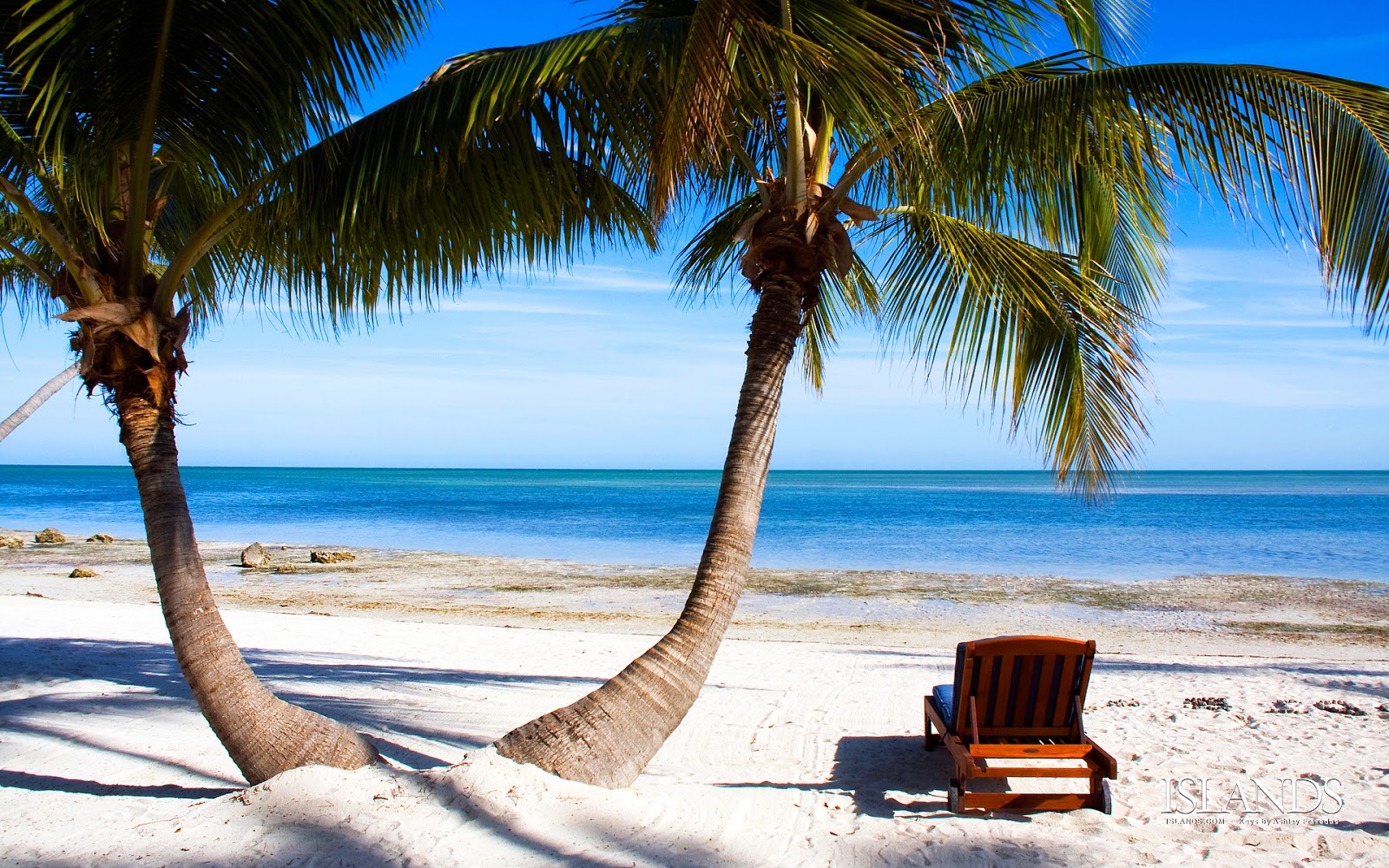

NASA Earth Observatory images by Lauren Dauphin, using Landsat data from the U.S. Sea level rise projections from the Interagency Sea Level Rise Scenario Tool (published by NASA’s Sea Level Change Team) indicate that Key West could experience between 0.45 and 2.16 meters (1 and 7 feet) of sea level rise by 2100. While falling sea levels brought the Florida Keys into existence, rising seas now pose a threat to their long-term existence. In these areas, scattered slash pine soars over an understory of palms, palmettos, berries, grasses, and several types of herbaceous plants. Still, some parts of Big Pine Key and several other islands retain patches of pine rockland, an unusual ecosystem found exclusively in southern Florida. We invite you to explore our website to plan your perfect holiday to the Florida Keys. More than 80,000 people live on 30 populated islands, and several million people visit the Florida Keys each year. Welcome to the Florida Keys, the famous island chain at the southern tip of Florida with an average daily temperature of 25.5 degrees C. The Florida Keys National Marine Sanctuary protects many of the keys as well. The westernmost keys fall within Dry Tortugas National Park. Most of those within Florida Bay are part of Everglades National Park.

Biscayne National Park includes several of the northernmost keys. Many of the Florida Keys fall within the boundaries of national parks. Deeper water beyond the edge of the Florida platform appears dark blue. The light blue line south and east of the islands is a living coral reef system-among the largest in the world. North and west of the island chain, light passing through shallow waters and reflecting off the sea grass beds and sandy bottoms of Florida Bay gives this part of the scene a green-yellow hue. On March 30, 2022, the Operational Land Imager (OLI) on Landsat 8 captured these natural-color views of the islands. Over time, material from these exposed reefs and sand bars hardened and fossilized, forming the sedimentary rocks that make up the modern Florida Keys. As time passed and an ice age took hold, sea levels dropped and the tops of some reefs-as well as some sand bars-began to poke above the water surface. However, the sea was shallow enough that big communities of coral flourished just below the surface and built up reefs. About 125,000 years ago, during a warm interglacial period, water covered the area. The chain of hundreds of low-lying islands, also called cays or keys, that extend from southern Florida are relics of a time when global sea levels were higher than today.


 0 kommentar(er)
0 kommentar(er)
